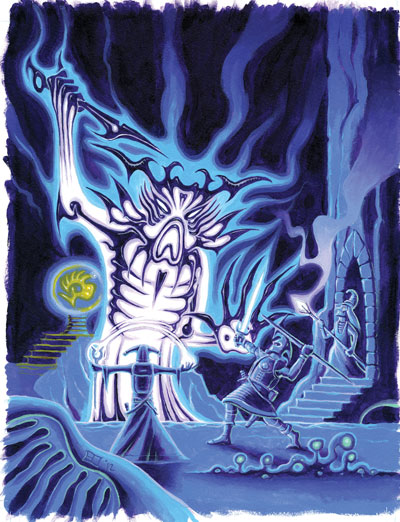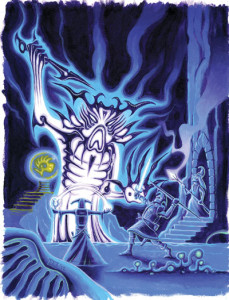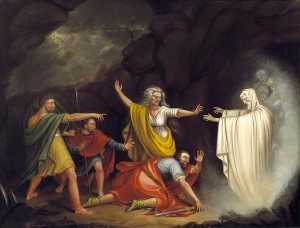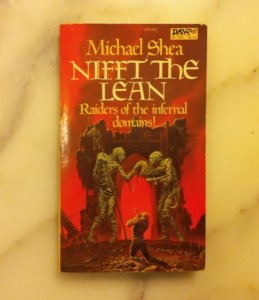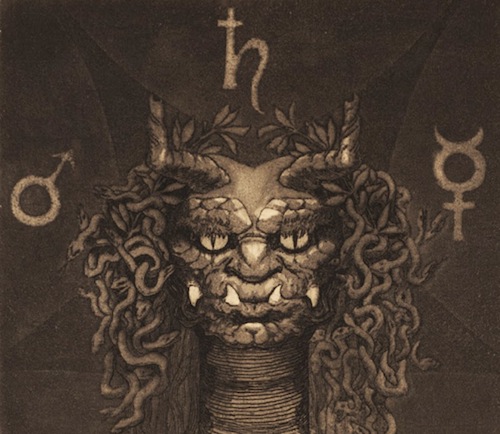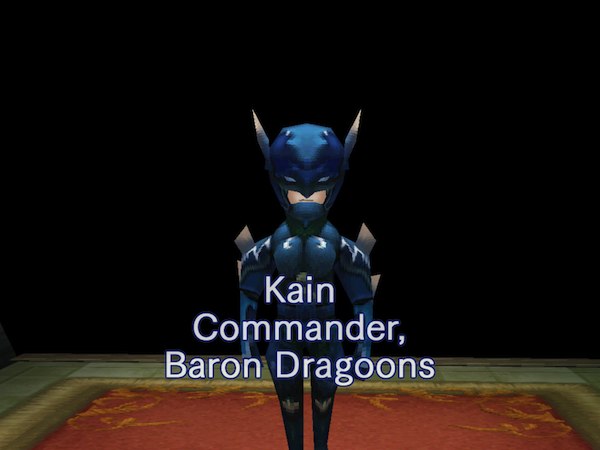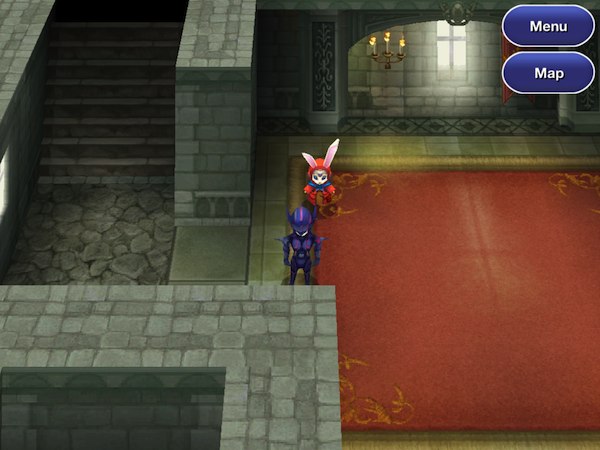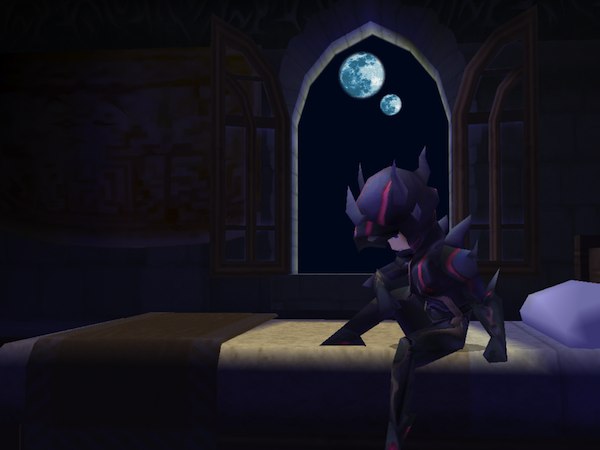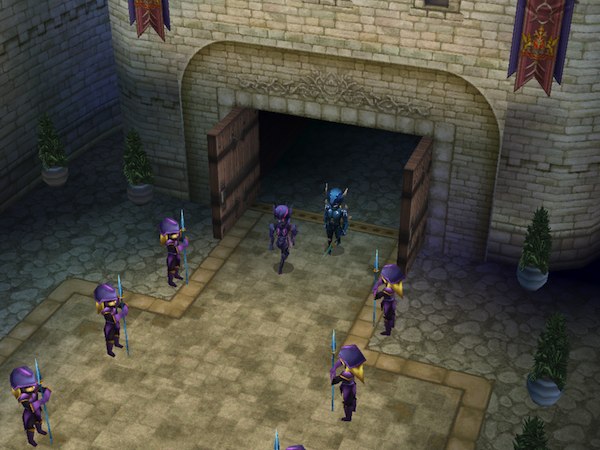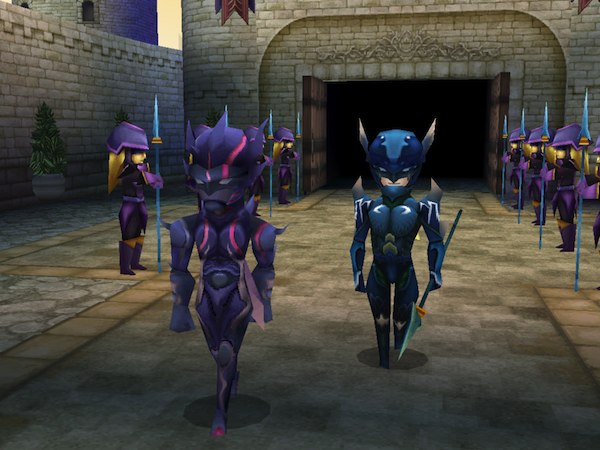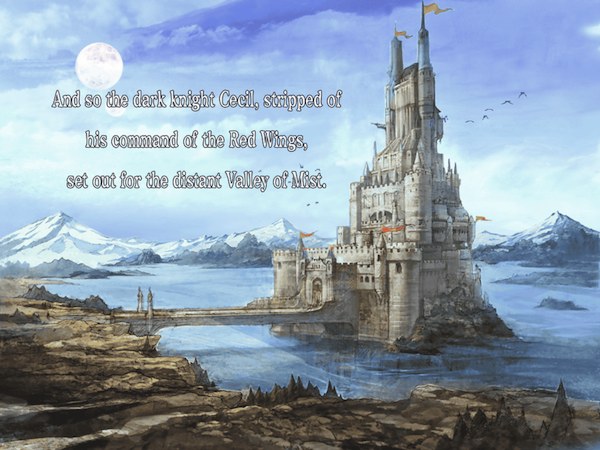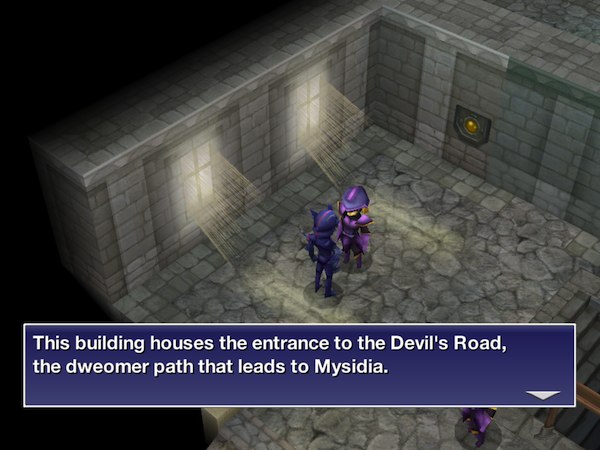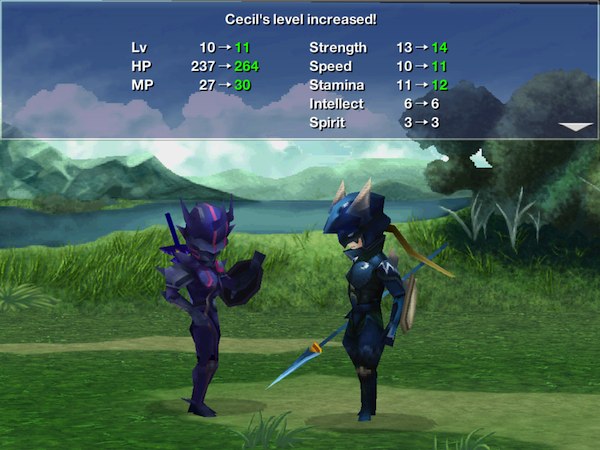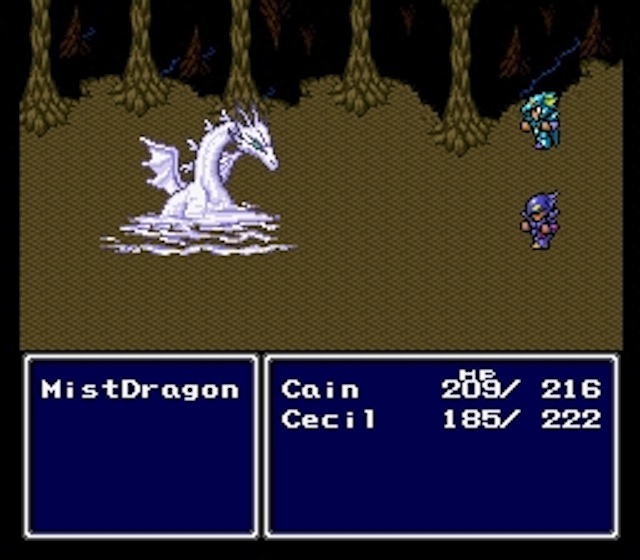Once elves have been discovered, players may opt to create elf characters.
Summary:
- Class: magic-user/fighter or magic-user/thief
- HD as best of either class, but max HD = 6
- Saves and attack numbers as most favorable of either class
- Trained in use of medium armor
- May not use iron or iron-alloy equipment
- Take an extra point of damage from iron weapons
- Begin with elf-metal equipment (use standard prices)
- One fey characteristic
- Detect magic by taste
- 2 in 6 search
- 1 in 6 chance per day of finding an entrance to Faerie in the wilderness
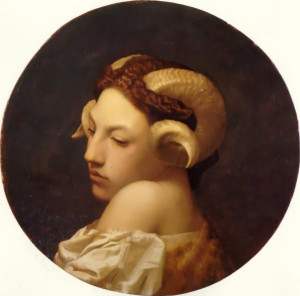
Jean-Léon Gérôme, The Bacchante (source)
Elves are inherently magical. As such, they advance as magic-user and another class, either fighter or thief (decide at character creation). XP earned is divided evenly between the two classes. Effective HD is that of the greater of either class, but never rises above 6. Thus, elves progress more slowly, but also accumulate the benefits of two classes. Whatever power it is that grants clerics their spells refuses to treat with elves, and so elves may not be clerics. Elves are hindered by protection from evil effects, and detect as magical and chaotic.
Unlike humans, all elves are magic-users, though they cast spells intuitively rather than following long study. Human magical texts, be they grimoires, spell books, or scrolls, are incomprehensible to elves. Elf spells are determined randomly using the druid spell list on page 17 of Supplement III: Eldritch Wizardry whenever an elf gains another spell slot. For example, an elf that can cast three first level spells will have three first level spells to choose from and can cast them in any combination that adds up to three uses. Faerie fire is replaced by elf-light, which all elves get as a bonus spell at first level. Further bonus spells are gained at third magic-user level (levitation) and fifth magic-user level (invisibility). Elves that have cast all their spells are out of magic and must return to Faerie before any more spells may be cast.
Elves that stay too long in the mortal realm slowly lose their ties to Faerie, forget their enchantments, and become human. At the end of every month spent in the mortal realm without returning to Faerie, elves must save versus mortality. A failure means they lose a magic-user level. Elves that reach level zero in the magic-user class lose their enchantment and become mortal. It is assumed that elves can find a way back to Faerie as a downtime action in most areas. When exploring a wilderness hex, elves have a 1 in 6 chance per day of finding a shadowed glade or other location that exists in both realms simultaneously.
Though elves seemingly live forever unless killed in the mortal realm, their memories become strange and disjointed over time. Elves only gain experience points for treasure spent on artistic works, which is a form of memory creation.
Humans, especially magic-users, hunt elves for their essence, which is sorcery fuel, intoxicant, and the rarest of spices. Elves visiting mortal lands usually disguise themselves to avoid this danger. Legend also holds that elves kidnap human children. This is true, though more commonly practiced by elves of the Unseelie Court, who believe that the mortal realms sap the magic of Faerie and thus seek to annex the mortal realms to Faerie. The Unseelie also sometimes plant changelings as sleeper agents.
Elf-light
Level 1 elf spell. As per standard light spell, though the illumination is strange and lurid. Hidden elf signs are revealed with elf-light, and the power of elf-metal equipment is enhanced. Elf-light is dispelled by sunlight and painful to undead.
Fey Characteristics
Most elves have a distinguishing feature. During character creation, roll or pick.
- Devil horns
- Pointed ears
- Solid black eyes
- Skin iridescent under moonlight
- Genderless
- Antennas
- Snake tongue
- Antelope horns
- Tiger striped skin
- Casts no shadow
- Fangs
- Cat ears
- Culture small, blooming plants by touch
- Antlers
- Small mouths in palms which can sense extra tastes
- Skin transparent under moonlight
- Deer ears
- Multiple pupils, clustered together within the iris
- Culture dimly glowing fungi by touch
- Cloven hoofs
Elf-metal rots in daylight. Items of this strange metal gain a notch at the end of any day during which they were exposed to sunlight. In moonlight or elf-light, elf-metal weapons are +1 to attack and inflict magical damage. Elf-metal weapons can only rarely be found outside of Faerie.
Notches
A weapon with 6 notches is ruined. System based on this thing from Logan. Elf-metal equipment may be repaired, but only in Faerie.
Some of this material is adapted from a previous post of mine on my old blog:
Another Approach to Races.
